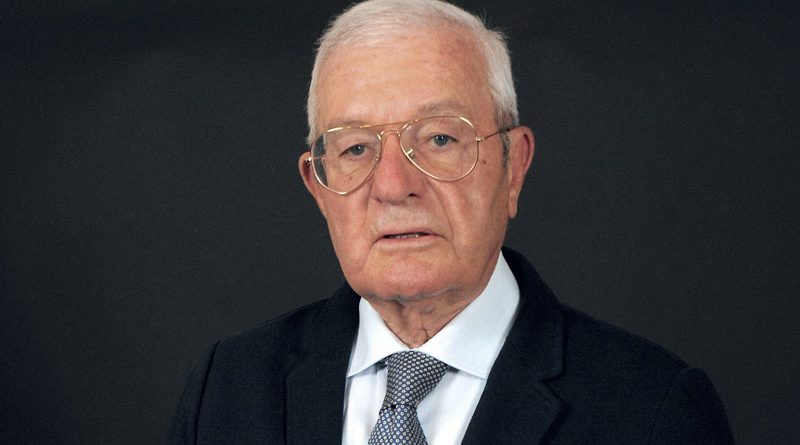Key Aspects of the EU Tariff on Raw Aluminium
Recent international developments on the tariff war waged by the US administration, which targeted aluminium, as well as steel, bring back into the limelight the strange tariff situation in the European Europe: here the production of primary metal is notoriously lacking, large producers have been closing and relocating smelters for years, but inexplicably instead of trying to solve the problem at its origin, perhaps by considering the energy cost issue, petty matters are taken into greater consideration and a subsidy is granted which does not protect anything, creates distortions and costs more than one billion euros per year to transformers and end users, who lose competitiveness on world markets.
Among the stories invented to support tariffs there is also the one which states that it would be enough to purchase duty paid metal and there would be no extra costs, but this is actually baloney, as we can prove to our readers with a brief analysis, which might be slightly boring but is definitely instructive. It enables us to understand very simply how the lobby which favours tariffs enables the metal producers to charge a premium equal to the duty on all sales of both duty-unpaid (DU) and duty-paid (DP) metal to EU customers.
Starting off at the beginning, given the lack of adequate domestic supplies in the EU, it is necessary to attract external (off-shore) suppliers to meet demand. The ability to charge a regional premium (commodity ingots benchmark) is the incentive that attracts these off-shore suppliers, the basis for the regional premium is the transport/logistics cost from the supplier to the market vs. transport/logistics costs of alternative suppliers. Each supplier negotiates its own premium with customers and the “regional premium” published by many specialized international sources represents an ex post aggregate indicator calculated by market observers.
It is obvious that those suppliers closest to the EU market will be the first to be attracted. However, if this pool of suppliers is not sufficient to satisfy EU demand, the premium will increase in order to attract more distant suppliers who tend to be DP suppliers.
The average premium is formed based on the “highest premium offer” within the pool of potential suppliers, which can fully cover the gap between supply and demand. In effect this means that the offer of the most distant (i.e., marginal) supplier determines the EU price level.
Although suppliers have different cost structures, the EU price does not take these differences into account. This is because suppliers, who are already operating at full capacity and thus have no incentive or ability to increase their sales volumes, do not compete with each other on price by passing their cost advantages through to customers, and it is this market reality that accounts for the maintenance of the so-called LME differential.
The EU does not have adequate domestic supply of unwrought aluminium, and more than 70% of its requirements is imported either under duty-paid or duty-unpaid regimes. In order to cover this shortage which was estimated at about 5.1 million tonnes in 2017 and which continues to grow, the downstream industry must attract metal from off-shore suppliers.
Over the last five years, the ratio between imports from dutiable sources in EU has increased from 37% to 48% of total imports while the share of imports from duty-free countries has dropped from 63% to 52%. The share of dutiable metal will continue to grow together with EU demand for imported metal because the new smelting capacities are being built in countries subject to EU duties. Because the same principles apply here as with the highest cost marginal supplier, EU reliance on supplies of DP material means that the DP price benchmark has become the de facto benchmark for the supply of primary metal to downstream users in the EU. Because they are operating at full capacity, DU suppliers have no incentive not to follow the price levels generated by DP suppliers. As a result, all DU suppliers have strong incentives to charge DP prices, irrespective of whether they pay the duty or not. As a result, the price paid by the EU downstream customers on both imported and domestic aluminium is the one offered by DP suppliers even where the metal is domestically produced or imported duty free. In effect, therefore this DP premium constitutes a tax on downstream users.

